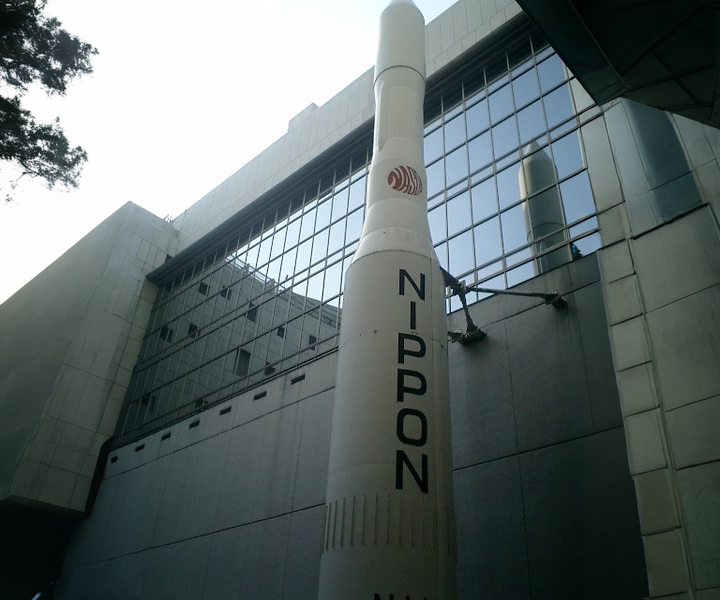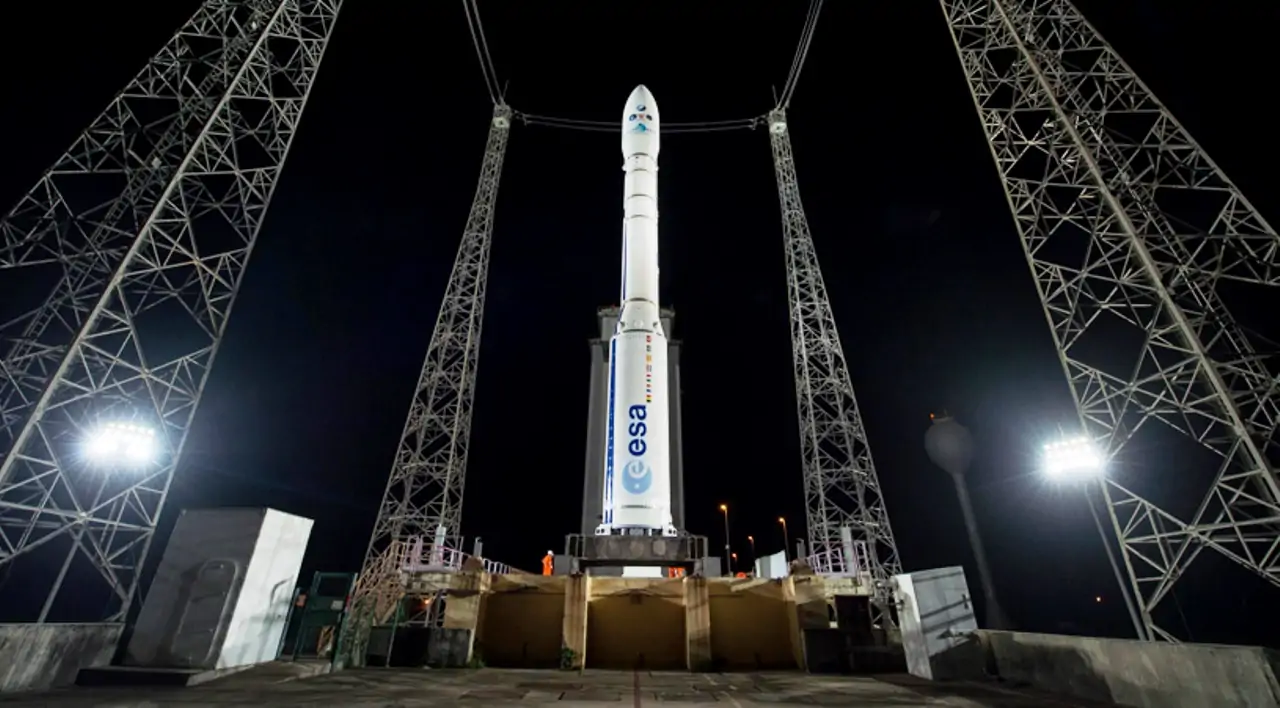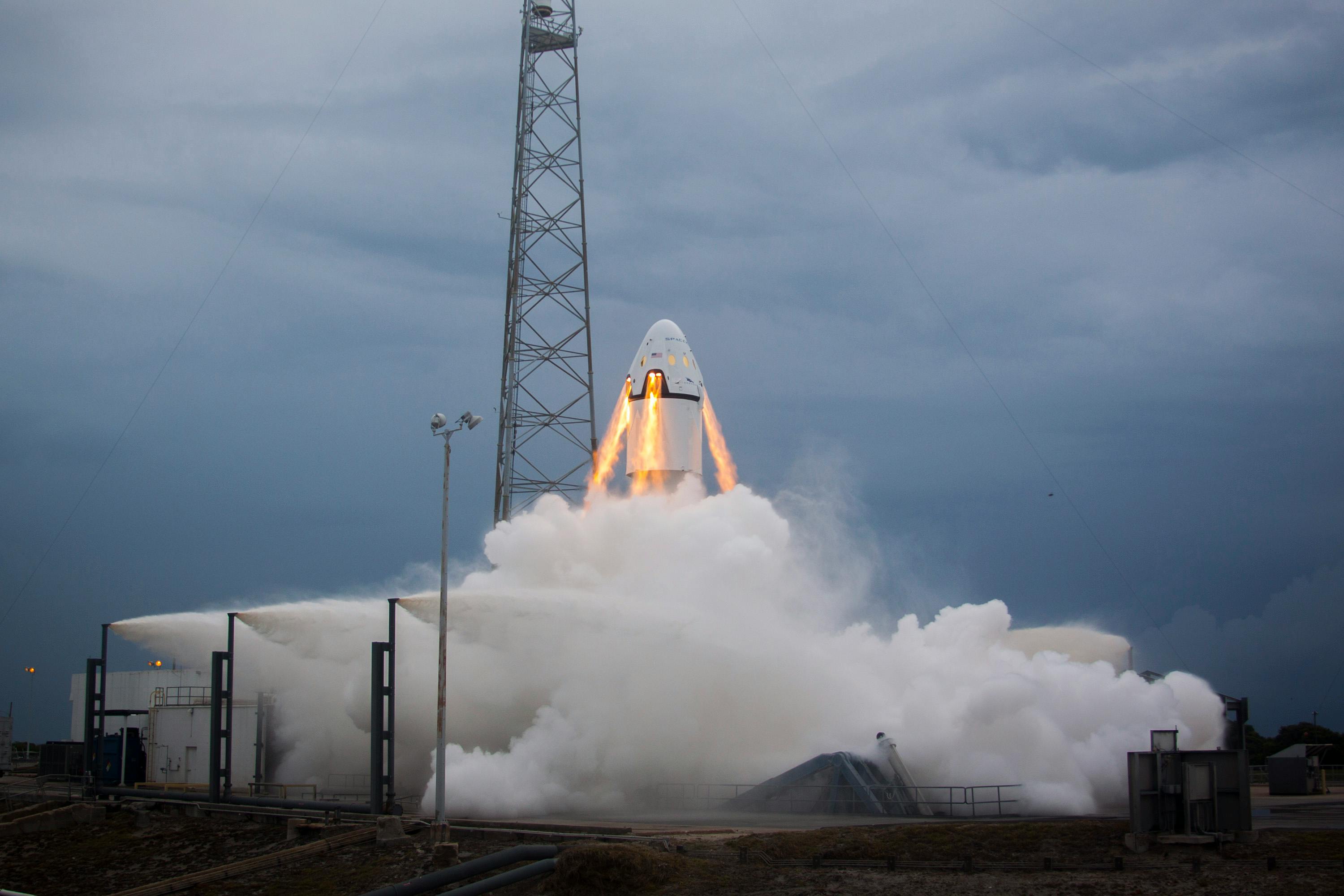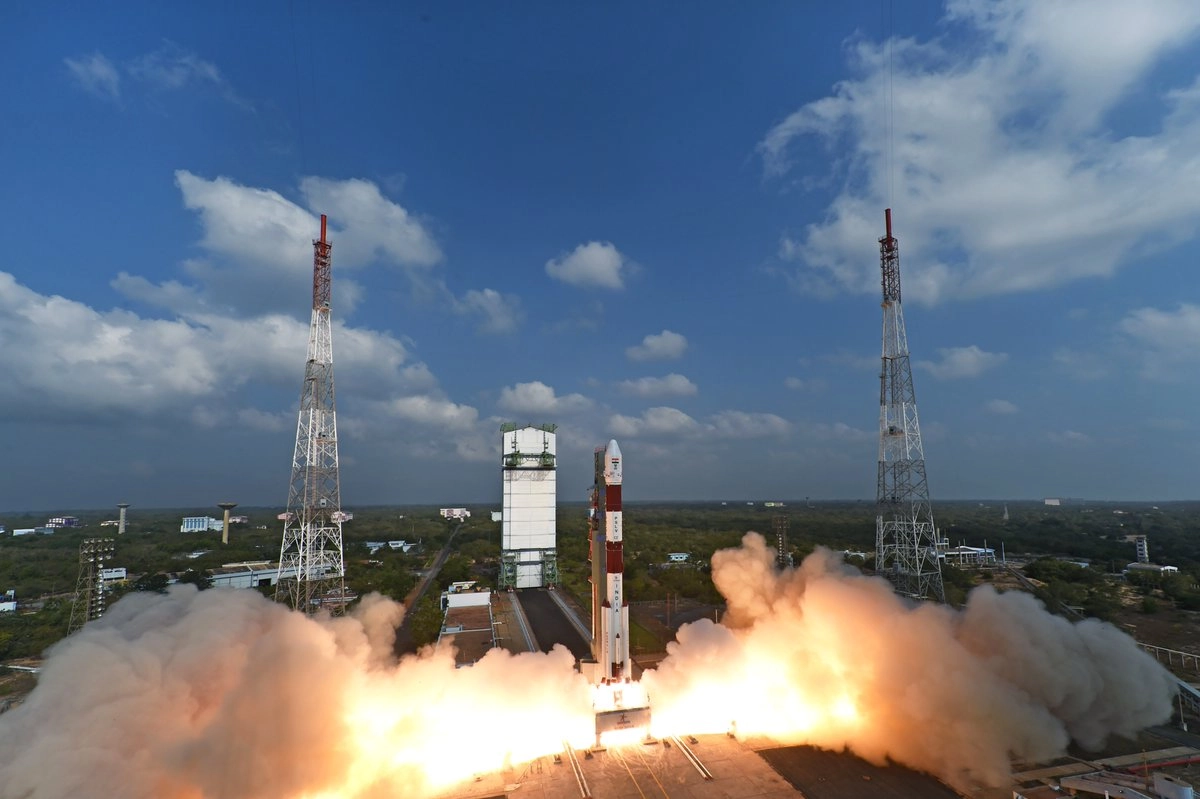· today in space history · 4 min read
The Day Japan Joined the Geostationary Club
Forty-eight years ago, a pioneering satellite named Kiku 2 propelled Japan into the exclusive group of nations capable of operating satellites in geostationary orbit

In the early morning hours of February 23, 1977, a distinctive N-1 rocket thundered skyward from Japan’s Tanegashima Space Center, carrying precious cargo that would transform the nation’s space capabilities forever. Inside the rocket’s payload fairing sat Kiku 2, a compact cylindrical satellite that would soon secure Japan’s place among the elite group of nations capable of operating satellites in geostationary orbit. As engineers at the National Space Development Agency (NASDA) held their breath, they knew this moment could mark a pivotal shift in Japan’s technological future.
A Bold Step into High Orbit
The journey to this moment had been long and methodical. While Japan had successfully launched satellites into low Earth orbit, reaching geostationary orbit—a precise point 35,786 kilometers above the equator where satellites appear to hover motionless over a fixed spot on Earth—represented a quantum leap in complexity. Kiku 2, officially designated as Engineering Test Satellite-II (ETS-II), would test Japan’s ability to not just reach this distant orbit, but to control and operate a spacecraft there.
Engineering Innovation in a Compact Package
Kiku 2’s design exemplified Japanese engineering efficiency. Standing just 1.91 meters tall and 1.41 meters in diameter, the 130-kilogram spacecraft packed sophisticated technology into a remarkably compact frame. The satellite’s cylindrical body was covered with solar cells, powering systems that would test high-frequency wave propagation and advanced thermal control techniques essential for future communications satellites.
The Launch That Changed Everything
As the N-1 rocket—itself only on its third flight—lifted off at 08:50 GMT, it carried more than just a satellite; it carried Japan’s aspirations to join the ranks of major spacefaring nations. The launch sequence proceeded flawlessly, each stage performing its crucial role in pushing Kiku 2 toward its intended orbit. When confirmation finally came that the satellite had achieved its geostationary position at 130 degrees East longitude, Japan became only the third nation, after the United States and Soviet Union, to operate a satellite in this prestigious orbit.
Pioneering New Technologies
Kiku 2’s mission objectives went far beyond simply reaching geostationary orbit. The satellite pioneered several critical technologies that would become foundational for Japan’s future space programs. Its spin-stabilization system, while simpler than three-axis stabilization, proved remarkably effective for maintaining the satellite’s orientation. The spacecraft’s experiments with millimeter and quasi-millimeter wave propagation provided crucial data for developing future communication satellites.
Legacy of Innovation
The success of Kiku 2 reverberated far beyond its immediate technical achievements. The mission demonstrated Japan’s ability to develop, launch, and operate sophisticated satellites independently, paving the way for more ambitious projects. The lessons learned from Kiku 2’s design and operation directly influenced the development of subsequent Japanese satellites, including the country’s first operational communications satellites.
Perhaps most remarkably, Kiku 2 far exceeded its designed six-month lifespan. The satellite remained trackable until 1990, providing Japanese engineers with invaluable long-term data about spacecraft operation in geostationary orbit. This longevity demonstrated the quality of Japanese space engineering and helped establish NASDA’s reputation for reliability.
Looking Forward
Today, as Japan’s space agency JAXA (successor to NASDA) prepares increasingly ambitious missions, including lunar exploration and Mars sample return, the legacy of Kiku 2 remains relevant. The mission established fundamental principles of satellite design and operation that continue to influence modern spacecraft development. More importantly, it proved that with careful planning and innovative engineering, Japan could compete at the highest levels of space technology.
As we mark forty-eight years since this historic launch, Kiku 2 stands as a testament to the power of methodical technological development and the importance of testing new capabilities in space. The satellite’s success helped establish Japan as a major player in space exploration, a position the country continues to build upon today with increasingly sophisticated missions that push the boundaries of what’s possible in space.

Theodore Kruczek





